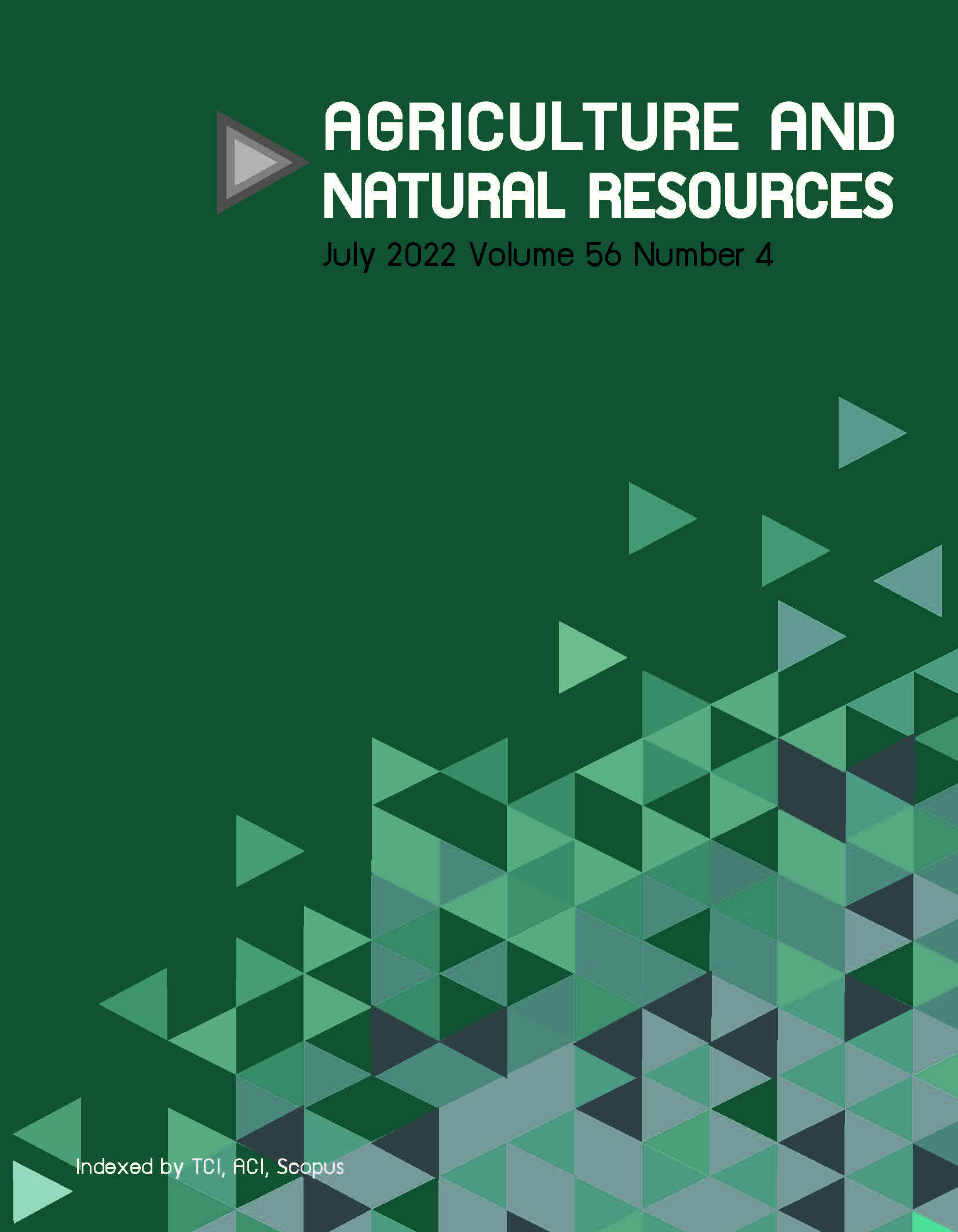Combined stability analysis to select stable and high yielding sweet potato genotypes in multi-environmental trials in West Java, Indonesia
Keywords:
Adaptability, Genotype plus genotype-versus-environment interaction (GGE) biplot, Selection, Stability, Sweet potatoAbstract
Importance of the work: The yield is an important component when determining the probability of success of new high-yielding plant varieties.
Objectives: To estimate the influence of genotype-by-environment interactions (GEIs) on sweet potato yields, to select stable genotypes using various methods in multi-environments and to estimate the relationship between environmental factors and sweet potato yields in West Java, Indonesia.
Materials & Methods: The genetic materials used were eight new breeding genotypes and two commercial varieties as checks. Field experiments were conducted in five environments (Karawang, Garut, Jatinangor, Cileles and Bandung) in West Java, Indonesia, using a randomized completed block design. Data were analyzed using: combined analysis of variance, parametric and non-parametric stability measurements, genotype plus genotype-versus-environment interaction (GGE) biplots and Pearson’s correlation.
Results: The environments and GEIs had an effect on sweet potato yields at 37.89% and 45.09%, respectively. The GGE biplot analysis showed that of the five environments, Garut and Karawang were the most discriminative and representative. Therefore, these two environments are recommended as being ideal in West Java for the selection of optimal sweet potato genotypes. The numerical and graphical methods produced the same results, identifying genotypes 57/97(G2) and Rancing (G6) as the optimal genotypes in West Java. The correlation analysis showed that each genotype had a different correlation with the various environmental factors.
Main finding: Information on GEIs can be used as a basis for research on sweet potato development in wider environments. The two genotypes have the potential to be developed into new sweet potato superior genotypes.
Downloads
Published
How to Cite
Issue
Section
License
Copyright (c) 2022 Kasetsart Universityonline 2452-316X print 2468-1458/Copyright © 2022. This is an open access article under the CC BY-NC-ND license (http://creativecommons.org/licenses/by-nc-nd/4.0/),
production and hosting by Kasetsart University of Research and Development Institute on behalf of Kasetsart University.







